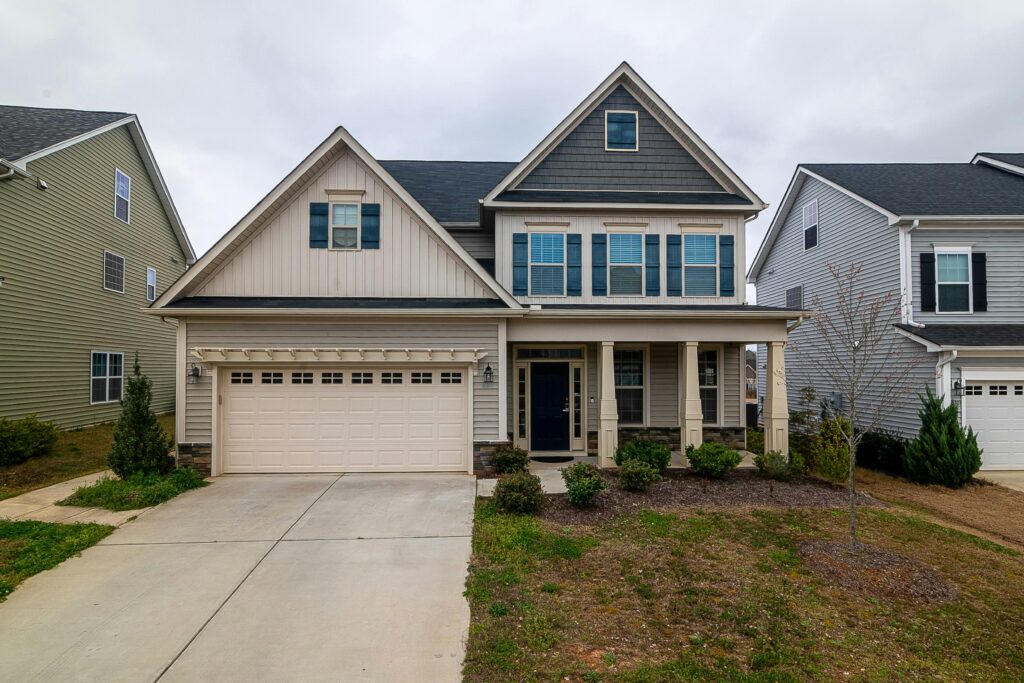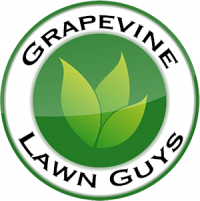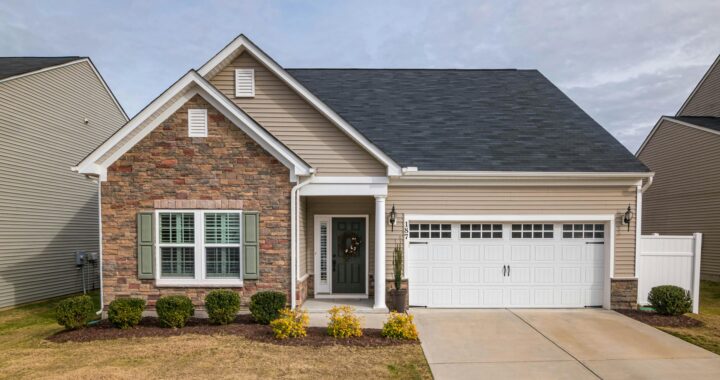If you’ve stepped outside lately and noticed your lawn looking more beige than green, you’re not alone. Here in Grapevine and across North Texas, our warm, often dry spring weather takes a toll on turf. Especially if your lawn isn’t getting the care it needs. A dry lawn doesn’t just look bad; it’s a sign your grass is stressed and could be at risk for thinning, disease, or pest invasions if left untreated.
The good news? Fixing a dry lawn is totally doable with the right steps—and Grapevine Lawn Guys are here to help walk you through it. Whether you’re dealing with patchy spots, brittle blades, or stubborn brown patches, this guide breaks down how to bring your lawn back to life.
First, Why Is Your Lawn Dry?
Before you can fix the problem, it’s important to understand what’s causing it. In Grapevine, the usual culprits behind a dry lawn include:
-
Inconsistent or insufficient watering
-
Compacted soil that prevents water absorption
-
Heat stress from spring and early summer temps
-
Pest damage (like chinch bugs or grubs)
-
Dull mower blades tearing grass instead of cutting it cleanly
If your grass is crunchy, discolored, or growing unevenly, it’s likely dehydrated and possibly suffering from more than just a lack of water.
Step 1: Water the Right Way
Let’s start with the most obvious fix—watering. But here’s the thing: more water isn’t always the answer. It’s about watering smart.
-
Water early in the morning (between 5–9 a.m.) to minimize evaporation and allow the grass to absorb moisture before the heat sets in.
-
Aim for 1 inch of water per week, including rainfall. A rain gauge or empty tuna can on the lawn can help you measure.
-
Water deeply but less frequently. This encourages deeper root growth, making your lawn more drought-resistant over time.
If your lawn has dry spots that aren’t responding to watering, move on to the next step.

Brown, brittle, and begging for water — this dry lawn is a clear sign it’s time to revive your grass with proper care and hydration.
Step 2: Check for Compacted Soil
In North Texas, our clay-heavy soil can compact easily—especially with foot traffic, pets, or heavy equipment. Compacted soil makes it hard for water, nutrients, and oxygen to reach grass roots.
The fix? Aeration.
Lawn aeration involves perforating the soil with small holes to allow better air and water flow. Grapevine Lawn Guys recommend core aeration in the spring or fall.

Compacted clay soil makes it difficult for water, air, and roots to penetrate, leading to poor drainage and struggling lawns.
Step 3: Adjust Your Mowing Habits
Cutting your grass too short can expose it to sun stress and worsen dryness.
-
Set your mower blade higher—about 2.5–3 inches for Bermuda and 3–4 inches for St. Augustine.
-
Mow regularly but never remove more than one-third of the grass blade at a time.
-
Keep mower blades sharp. Dull blades tear grass, leaving it vulnerable to dehydration and disease.
Sometimes, just a small change in your mowing routine can make a big difference in how your lawn holds moisture.
Let us handle the mowing for you. Check out our lawn maintenance service page.
Step 4: Add a Layer of Compost or Topsoil
Once you’ve aerated, it’s a great time to top-dress your lawn with a thin layer of compost or enriched topsoil. This helps:
-
Improve water retention
-
Provide nutrients
-
Boost beneficial microbes
-
Encourage stronger root growth
Think of it as a spa treatment for your lawn. It helps dry, stressed grass bounce back faster and stay green longer.
Step 5: Watch Out for Pests and Disease
A dry-looking lawn might not just be thirsty—it could be under attack.
Chinch bugs, which are common in Grapevine, love dry, sunny lawns. They feed on grass sap and leave behind brown, patchy areas that mimic drought stress. If watering and aeration don’t fix the issue, it’s time to investigate further.
Grubs can also damage root systems, preventing grass from absorbing moisture. Pull up a small section of turf—if it peels back easily and you spot white, C-shaped grubs, you’ve found the culprit.
Give us a call and we’ll help you ID the problem and suggest treatment options that are safe and effective.
Step 6: Reseed or Sod Where Needed
If parts of your lawn are too far gone, don’t panic. You can overseed thin areas with warm-season grass seed or, for a faster fix, install sod. Either way, make sure you prepare the soil properly and keep it well-watered until the new grass establishes.
Spring and early summer are great times to do this in North Texas, as the warmth encourages fast growth.
Contact us for sod installation services.

Sod is a fast and effective solution for fixing a patchy lawn
Don’t Want to Do It All Yourself?
We get it—fixing a dry lawn can feel overwhelming. But that’s where we come in. At Grapevine Lawn Guys, we specialize in diagnosing lawn issues and bringing sad, dry yards back to life with expert care, custom solutions, and honest advice. Whatever you need help with, we’ve got your back.
Final Thoughts
A dry lawn doesn’t mean it’s dead—it just means it needs some TLC. With the right steps and a little patience, you can restore your lawn’s health and enjoy a lush, green yard all season long. And if you’re not sure where to start, just give Grapevine Lawn Guys a call. We’re your local lawn care pros, and we’re always ready to help your grass grow greener on your side.

From dry and lifeless to lush and vibrant.

